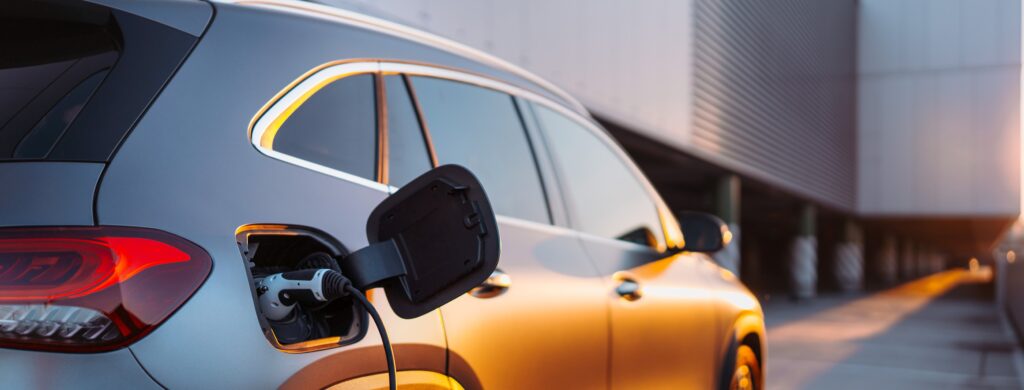When Kerry Dunstan and his partner started looking for an electric car this summer, one question guided every conversation: “How’s the battery?” They soon found a 2021 Nissan Leaf with 29,000 miles. The dealer said its state of health (SOH) was still around 93%. That convinced them. For £12,500, they bought an electric car with a roomy boot and enough space for the family.
Dunstan, a cabinetmaker who also drives a more luxurious electric Volvo SUV, admits the Leaf doesn’t thrill him. “I like sporty, jazzy cars – and it’s just a bit ‘meh’,” he says. Still, he’s happy with how it performs. “It does exactly what I expected,” he adds.
Battery health becomes the new benchmark
For decades, buyers judged used cars by mileage and age. But electric vehicles have changed the game. Today, the most important number is the battery’s condition. Buyers now ask how it’s been charged and cared for. Frequent fast charging to 100% can wear a battery down faster.
That uncertainty has made some drivers hesitate before buying used EVs. Yet battery analytics firms say they can now test health with impressive accuracy. Industry experts add that many electric cars are lasting longer than once predicted.
Take Dunstan’s Leaf. It lacks the advanced liquid cooling system newer models have. Nissan fixed that in later generations, but older Leafs often lose range more quickly, according to US research firm NimbleFins. Dunstan isn’t concerned. “I charge both my cars to 100% when I need to,” he says. “I just don’t worry about it.”
Testing tools that reveal a battery’s true state
Austrian company Aviloo claims it can take the guesswork out of buying used EVs. “We can independently determine a battery’s state of health,” says chief product officer Patrick Schabus. The firm works with British Car Auctions and offers two different types of tests.
Its premium test uses a small device, about the size of a glasses case. Owners plug it into the car and drive for several days while it tracks the battery’s performance from 100% down to 10%. The quicker “flash test” gathers data from the car’s software and analyses it with a computer model. “We can do this in less than two minutes,” says Schabus.
Aviloo’s detailed test picks up small voltage and current changes, revealing the health of individual battery cells. Chief executive Marcus Berger says these results often differ from what the car’s own system shows. He also challenges the belief that a battery below 80% SOH is finished. “An EV with 75% SOH can still be a great car – as long as it’s priced fairly,” he says.
What real EV drivers experience
In New Zealand, EV owner Lucy Hawcroft remembers buying her Nissan Leaf with her husband three years ago. The dealer said its SOH was about 95%. A year later, an independent mechanic found a noticeable drop. “My husband was surprised,” she says.
The car still travels around 160km on a full charge. The couple mostly use it for short daily trips of up to 10km. “Some of my friends get 400km,” Hawcroft says. “That would be ideal.”
At Cleevely Electric Vehicles in Cheltenham, battery reports are now part of most sales. “Nearly every customer asks for it,” says sales director David Smith. The company uses ClearWatt’s independent SOH reports. “We can’t change the data,” he explains. “Once customers see the report, it helps nine out of ten sales.” Managing director Matt Cleevely adds that replacing a few modules is often far cheaper than fitting a whole new battery pack.
Charging habits that make batteries last
So how can drivers extend their battery’s life? Stanford University’s Simona Onori says moderation is key. “There’s probably a sweet spot between frequent fast charging and avoiding it entirely,” she says. But she adds that research still needs to define that range.
Battery design is improving rapidly. Max Reid, head of battery costs at CRU, says older EV batteries lasted 500 to 1,000 charge cycles. “Now, new ones can reach 10,000,” he explains.
Even when a battery becomes unsuitable for driving, it can still serve another purpose. Paul Chaundy from Second Life EV Batteries in Dorset says many companies reuse old EV batteries for storage. Some firms use them to charge electric forklifts when their grid connection can’t handle multiple chargers.
Different manufacturers still use different ways to measure SOH. Chaundy believes the industry needs common standards. “We need clear, shared rules for battery health,” he says.


